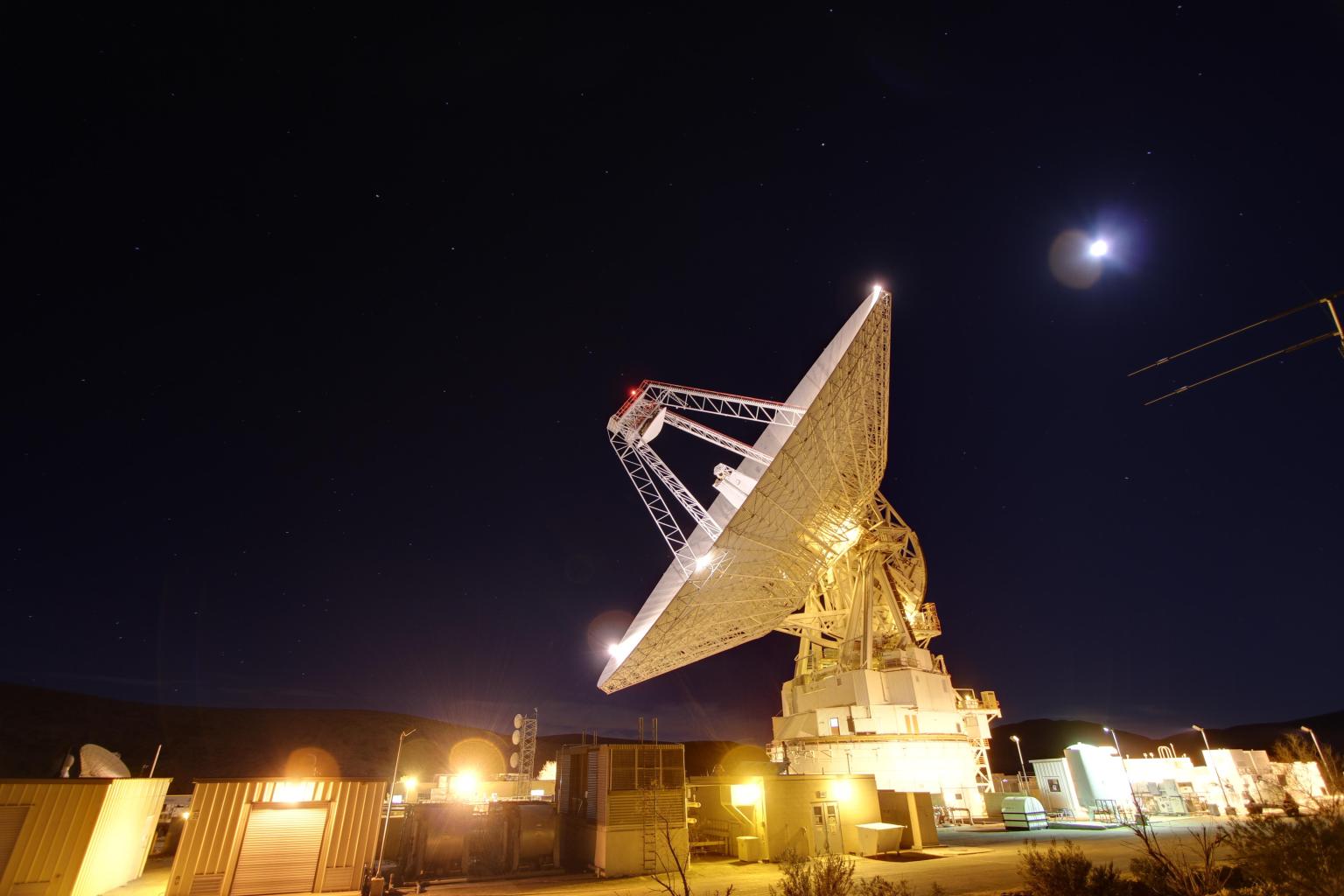Propulsion Test Capabilities
Glenn Research Center at Lewis Field
NASA John H. Glenn Research Center (GRC) at Lewis Field is a NASA Center located within the cities of Brook Park and Cleveland between Cleveland Hopkins International Airport and the Cleveland Metro parks’ Rocky River Reservation, within whose primary mission is to develop science and technology for use in aeronautic and space.
Overview
GRC’s Chemical Propulsion Research Complex (CPRC) is committed to providing simulated altitude rocket test capabilities to NASA programs, other government agencies, private industry partners, and academic partners to perform specialized research and testing. Through innovations in propellant management and chemical, electric and nuclear propulsion technology, GRC is developing capabilities that are a critical part of NASA’s mission to take astronauts to a variety of deep-space destinations.
Chemical Propulsion Research Complex
The Chemical Propulsion Research Complex (CPRC) develops advanced chemical propulsion concepts and evaluates safer propellants for launch vehicles, spacecraft thrusters and advanced ignition systems for next generation launch vehicles.
Continue to the Chemical Propulsion Research Complex website
Altitude Combustion Stand (ACS)
The Altitude Combustion Stand (ACS) facility provides a system to test combustion components at a simulated altitude. The facility is equipped with an axial thrust stand, propellant feed systems, water-cooled diffuser, data acquisition system, facility control system, spray cooler and multi-stage vacuum ejector system. Construction of gaseous oxygen, gaseous hydrogen, liquid hydrogen, liquid oxygen, liquid methane and green propellants. The system accommodate engines from 1 Newton up to 2,000 pounds thrust and combustion chamber pressure to 1,000 psia. Depending on the size, engines can be fired at sea level or into a test tank that is evacuated to stimulate altitude up to 100,000 feet.
Cell 32
Cell 32 is a rocket test facility that provides a system to test combustion components at sea level conditions. The facility is equipped with an axial thrust stand, propellant feed systems, data acquisition system, facility control system, and cooling water for extended operations. Propellant capabilities include gaseous hydrogen, gaseous oxygen and liquid oxygen. Component level testing is available with GRC in-house workhorse hardware. The system can accommodate engines up to 2,000 lbf thrust and chamber pressures of 1,000 psia.





























